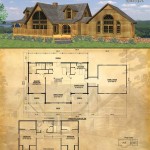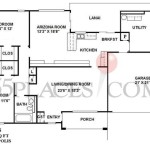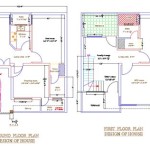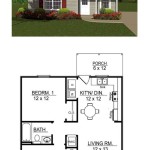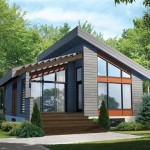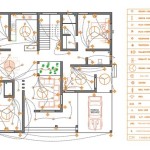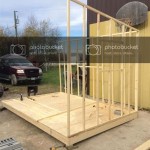Essential Elements of Cape Dutch House Floor Plans
Cape Dutch architecture is a captivating fusion of European and Indonesian influences that has shaped the distinctive architectural landscape of South Africa. The interiors of Cape Dutch homes are no less impressive, showcasing a unique blend of spaciousness, functionality, and elegant detailing.
Understanding the essential elements of Cape Dutch house floor plans is key to appreciating their architectural significance. Join us as we delve into the characteristics that define these remarkable homes:
1. Centralized Courtyard:
A defining feature of Cape Dutch houses is the central courtyard, also known as a "binnehof." This open-air space forms the heart of the home, connecting different rooms and providing ample natural light and ventilation. The courtyard is often surrounded by a covered verandah or "stoep," which extends the living space outdoors.
2. H-Shaped Layout:
Cape Dutch house floor plans typically adopt an H-shape layout, with the main rooms arranged around two perpendicular wings. This configuration creates a sense of symmetry and allows for efficient movement throughout the house. The wings are often connected by a central passageway.
3. Large, Well-Proportioned Rooms:
Cape Dutch houses are known for their spacious and well-proportioned rooms. The high ceilings and large windows contribute to a feeling of grandeur and openness. The living areas are often designed to flow seamlessly into one another, creating a sense of spaciousness.
4. Open-Plan Kitchen:
In traditional Cape Dutch homes, the kitchen was often located in a separate building or wing. However, modern interpretations of these homes often feature open-plan kitchens that are integrated into the main living space. This layout promotes a more sociable and interactive kitchen experience.
5. Grand Staircases:
Cape Dutch houses often feature grand staircases that serve as a focal point of the home. These staircases are typically made of wood or stone and feature elaborate detailing and curved banisters. They add a touch of elegance and sophistication to the interior.
6. Extensive Use of Wood:
Wood is a dominant material in Cape Dutch houses, both for structural and decorative purposes. The exposed beams, ceiling panels, and furniture create a warm and inviting ambiance. The use of indigenous woods such as yellowwood and stinkwood adds to the authenticity of these homes.
7. Ornate Gable Endings:
The distinctive gable endings are another signature feature of Cape Dutch architecture. These gables are often adorned with intricate plasterwork, rounded corners, and decorative pediments. They add a touch of architectural interest and charm to the exteriors of the homes.
8. Raised Stoeps and Verandahs:
Raised stoeps and verandahs are common features in Cape Dutch house floor plans. These elevated outdoor spaces extend the living area and provide a comfortable spot to relax and enjoy the surroundings. They are often supported by columns or pillars.
9. Symmetrical Facades:
Cape Dutch houses are known for their symmetrical facades. The front and back of the house are typically mirrored, creating a sense of balance and harmony. This symmetry extends to the arrangement of windows and doors.
10. Integration of Outdoor Spaces:
Cape Dutch house floor plans seamlessly integrate indoor and outdoor spaces. The courtyards, stoeps, and verandahs create a connection to the surrounding environment. The large windows and doors allow for ample natural light and cross-ventilation, enhancing the overall livability of the homes.

The Cape Dutch House Plan 3682 How To

Cape Dutch House Design Farmer S Weekly Plans

3474f 1 Gif 857 768 Cape Dutch House Plans South

Cape Dutch House Plans Architecture Of Town

House Plans Of Cape Dutch Houses Best Architecture

House Plans Of Cape Dutch Houses Best Architecture


Cape Town Residential Architect Dutch House Plans

House Plans Of Cape Dutch Houses Best Architecture

Pin On Cape Dutch

